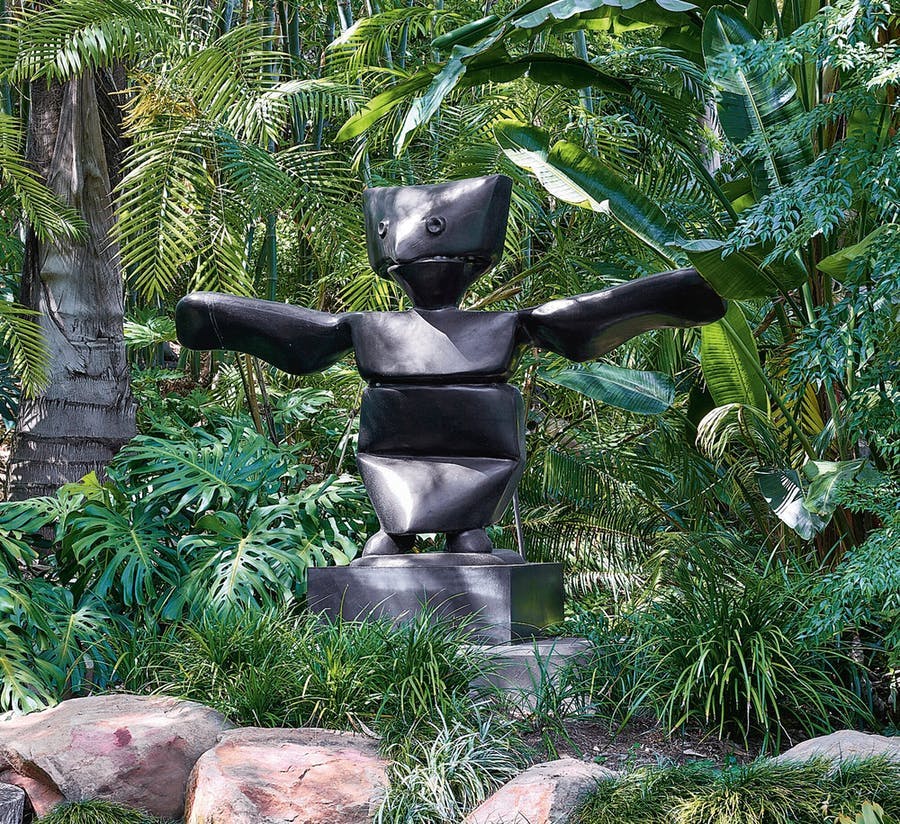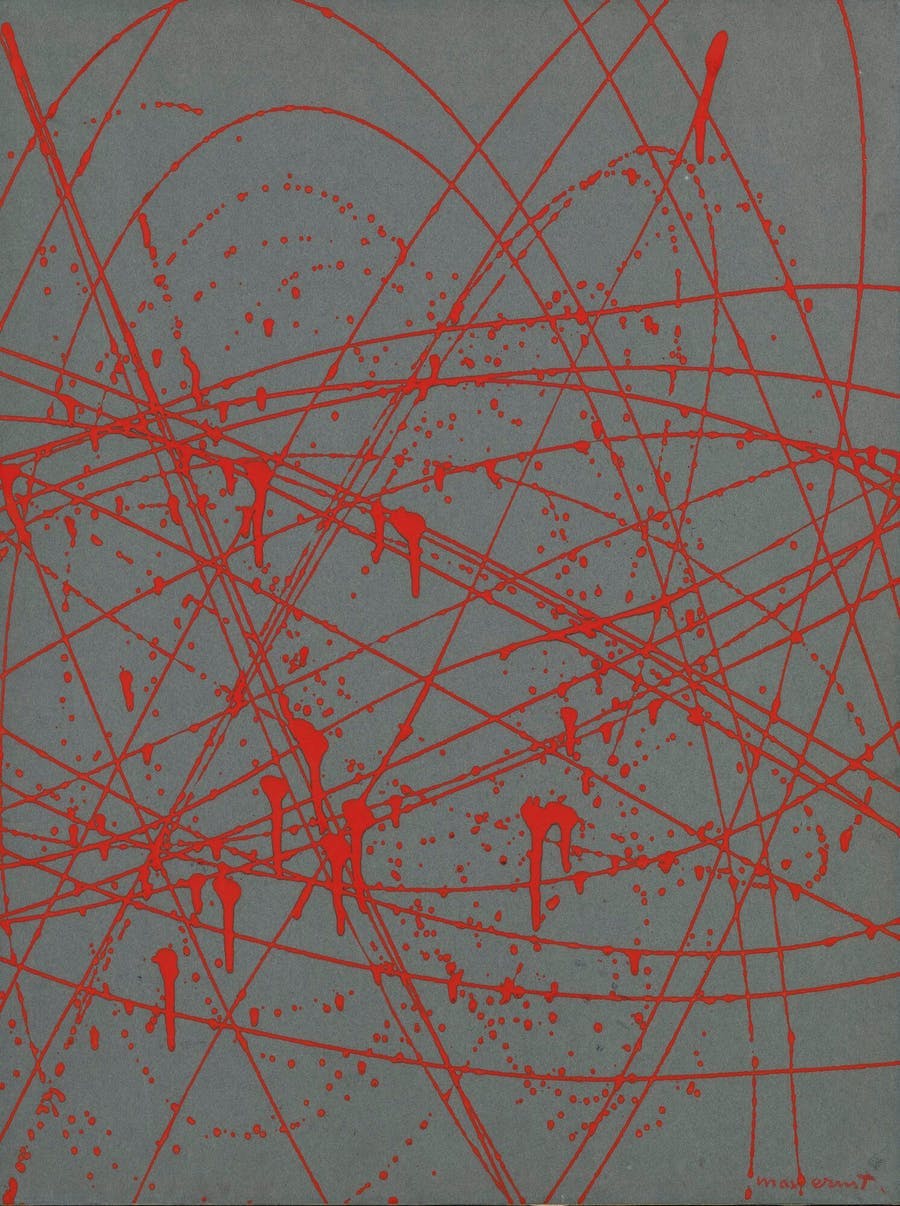Max Ernst: 5 Facts to Know
The German artist infused his artwork with an irreverent humor that explored the unconscious.
Max Ernst (1891-1976) was one of the most important artists of the 20th century, who turned to Surrealism after his Dadaist phase and played a decisive role in shaping the movement. He also developed several graphic techniques, known as frottage and grattage, that had a great influence on the following generation of modern artists. Here are five facts you may not know about the German artist:
1. Giacometti inspired him to experiment with sculpture

Max Ernst was a very versatile artist who not only painted, but also excelled as a graphic artist and illustrator. He was introduced to a new medium in 1934 when he visited Alberto Giacometti in his home canton of Graubünden, Switzerland. Ernst and Giacometti were neighbors in the Paris district of Montparnasse, but in the summer the brilliant sculptor moved to his studio in Switzerland. After the visit to Giacometti, Ernst began to be interested in sculpture, which he saw as a relaxing change from painting. In the years leading up to World War II, he was the only artist who tried his hand at surrealist sculpture.
Related: The 10 Most Expensive Sculptures Sold at Auction
2. He was in a love triangle with Paul Éluard and his wife
In 1922, Max Ernst moved to Paris. He stayed with the surrealist poet Paul Éluard and his wife Gala, whom he had met the year before in Cologne. Ernst and Gala fell in love and a ménage-à-trois was established in the household, which was to last for two years until Éluard could no longer stand it and fled to Vietnam, where his wife and her lover soon followed him. However, neither of the relationships in the love triangle were meant to last. In 1929 Gala fell in love with Salvador Dalí and later divorced Éluard. In 1934, Gala married Dali, who was 10 years her junior.
Related: Surrealism and the Subconscious
3. Ernst fled the Nazis with Peggy Guggenheim

Defamed by the Nazis in his German homeland since 1933 and classified as a “degenerate artist”, Max Ernst was repeatedly imprisoned by the new rulers after the defeat of France. His old friend Paul Éluard brokered his release. Ernst then fled with his sponsor, the painter and gallery owner Peggy Guggenheim to her native New York, where they married in December 1941. However, the marriage was short-lived. After Ernst met the American painter Dorothea Tanning a year after his wedding (in his wife's gallery), he separated from Peggy to remarry Dorothea four years later.
4. He was the forefather of action painting

In the 1950s, the American artist Jackson Pollock became known for his large-format canvases on which he spread paint in a lively and dynamic manner. Pollock was inspired to make these works in 1942 in New York when he saw an exhibition of Max Ernst's paintings. At that time, Ernst had developed a new technique, called oscillation (also known as drip painting.) His approach consisted of hanging a can on a string, from which paint dripped onto the underlying canvas as it swung back and forth.
Related: Abstract Art: From Genre to Movement
5. Birds were meaningful to him

Max Ernst was particularly drawn to birds; in fact, he claimed to have been born from an eagle's egg that his mother had placed in a nest. From 1930 a bird alter ego named Loplop appeared in his work, a kind of "supreme bird" with which he identified himself. Birds and their ability to hover and mediate between heaven and earth were a recurring motif for Ernst in his creative process.
You can find more articles from the art world on Barnebys Magazine!


